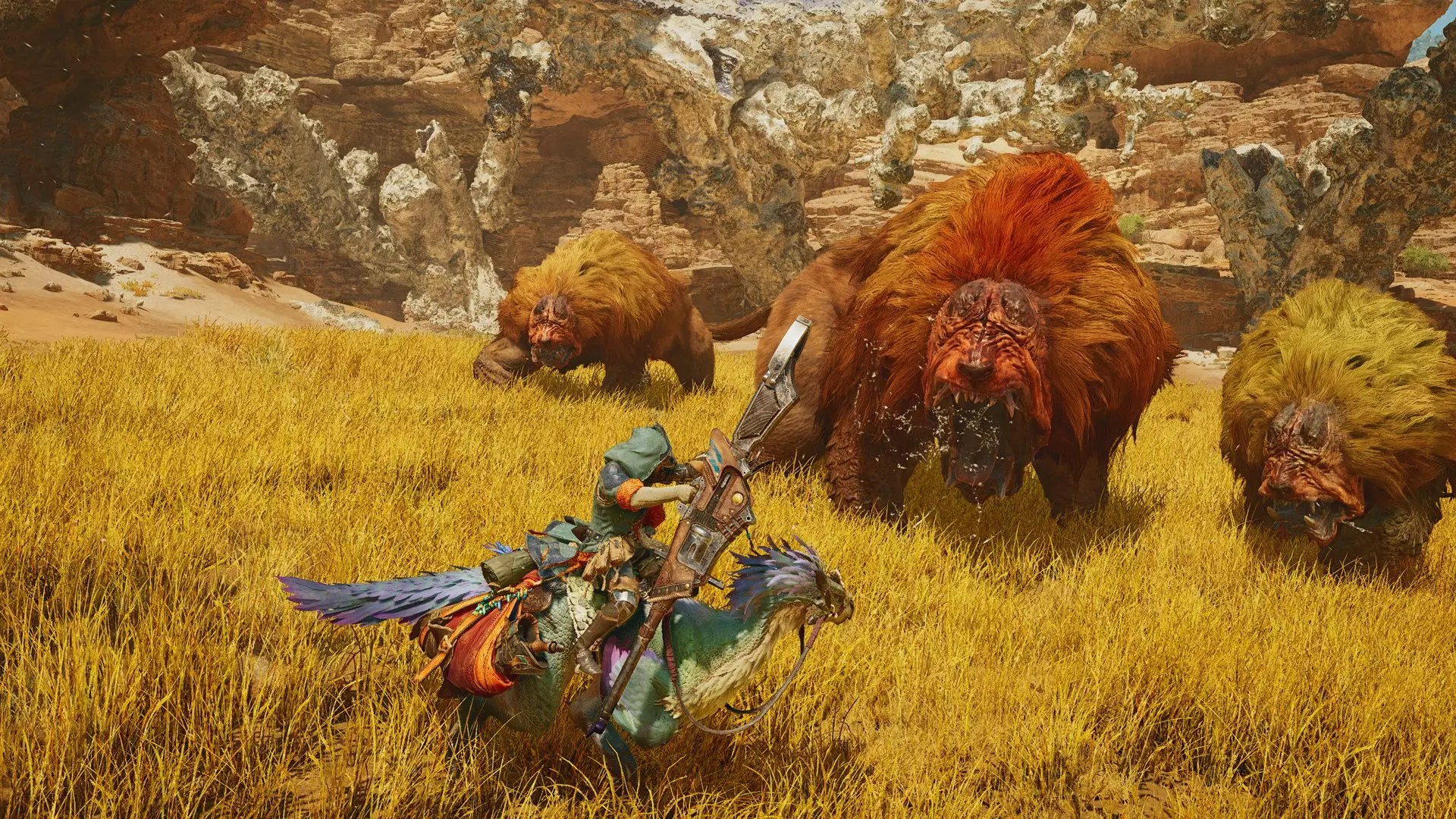The Monster Hunter franchise has long captivated audiences with its intricate gameplay and expansive world. With the introduction of Monster Hunter Wilds, Capcom takes a bold step forward, aiming not just to build on the success of its predecessor, Monster Hunter World, but also to innovate in ways that could redefine the series. This new installment seeks to breathe life into the game by embracing dynamic environments, reflecting an ongoing commitment to engaging players in ever-evolving challenges.
At its core, Monster Hunter Wilds represents a shift in philosophy from its developers. The creative team has recognized the need for a more accessible and engaging experience, aspiring to attract not only seasoned players but also newcomers to the series. Ryozo Tsujimoto, the producer behind the game, emphasizes the desire to showcase the variability of nature, integrating dynamic elements that realistically affect gameplay. Unlike earlier iterations of the game that maintained relatively static environments, Wilds introduces a system where each area is shaped by seasonal changes, impacting both the landscape and the monsters that inhabit it.
With three climate types – Fallow, Inclemency, and Plenty – players will find that their hunting tactics must adapt to each environment. Whether navigating rugged terrain or the lush richness of an abundant landscape, the game encourages explorers to rethink their strategies continuously. This motivation to innovate serves as a hallmark for the Monster Hunter series, ensuring that its evolution never stagnates.
Challenges in Development: Lessons from the Pandemic
The pursuit of realism in Monster Hunter Wilds comes with its own set of challenges. The global pandemic significantly impacted the development process, reiterating the necessity for adaptability in the face of unforeseen events. Traditionally, the research phase for Monster Hunter titles involved fieldwork, allowing developers to study natural environments worldwide. However, the pandemic limited this opportunity, forcing the team to rely on virtual tools and theoretical evaluations of ecological systems.
Despite these constraints, the team’s dedication did not waver. They engaged in thorough discussions about different environments and their associated conditions. This internal focus allowed them to brainstorm practical scenarios that might occur under various climatic circumstances. The result is a game rooted in realistic interpretations of nature, fostering a rich and immersive experience for players examining the shifting landscapes.
An essential aspect of the Monster Hunter series is the design of its enigmatic creatures. For Wilds, the team has taken a focused approach to ensure that both new and returning monsters feel naturally integrated into their environments. Tsujimoto divulges that the development process for monster design entails a deep dive into real-world flora and fauna, with careful consideration of adaptations and survival strategies.
Every monster boils down to the questions of how they would navigate their ecosystem and what unique characteristics would facilitate their survival. This layered approach to monster creation ensures that fantastical elements don’t overshadow the need for biological plausibility. The addition of scientifically grounded details creates depth, allowing players to appreciate the interconnectedness of the Monster Hunter world while they engage in epic battles.
Tsujimoto’s enthusiasm for Monster Hunter Wilds is palpable, revealing a spark of curiosity for how players will interact with the game’s dynamic environments. He emphasizes that technology has opened new doors, allowing the creative team to experiment with intricate systems that were previously not feasible. As the franchise evolves, the aim remains clear: continually provide players with challenges that go beyond mere repetition.
As anticipation for Monster Hunter Wilds builds, players eagerly await the chance to embark on new hunting expeditions replete with character, environmental diversity, and technical innovation. There’s a palpable excitement for what this new installment will bring to the table, setting the stage for the future of the Monster Hunter franchise.
Monster Hunter Wilds isn’t just another game in the series; it is a thoughtful evolution that encapsulates the beauty and ferocity of nature. By embracing the shifting elements of our world, Capcom invites players on a journey that promises to be as unpredictable as the environments it seeks to emulate. The arrival of Monster Hunter Wilds is not merely awaited; it is celebrated as a significant chapter in an already storied legacy.


Leave a Reply